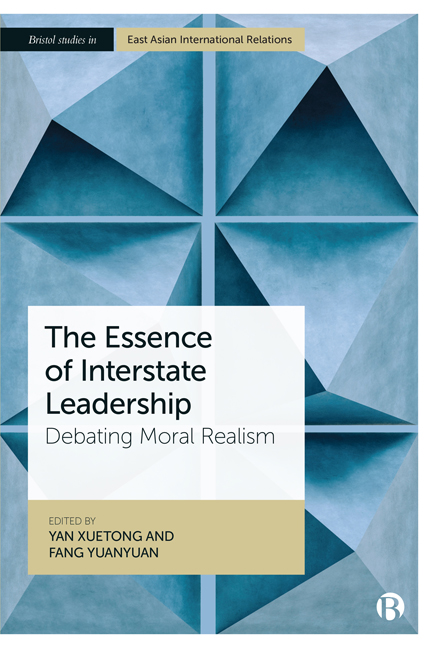118 results
Workshop for the protection of Chinese giant salamanders
-
- Article
-
- You have access
- Open access
- HTML
- Export citation
High-Temperature Transformation of Asbestos Tailings by Carbothermal Reduction
-
- Journal:
- Clays and Clay Minerals / Volume 61 / Issue 1 / February 2013
- Published online by Cambridge University Press:
- 01 January 2024, pp. 75-82
-
- Article
- Export citation
Compact Thomson Scattering Source Based on a Mixed Injection Assisted Laser Wakefield Accelerator
-
- Journal:
- Laser and Particle Beams / Volume 2022 / 2022
- Published online by Cambridge University Press:
- 01 January 2024, e9
-
- Article
-
- You have access
- Open access
- HTML
- Export citation
Creative confluence: Lauren Edelman's collaborations
-
- Journal:
- Law & Society Review / Volume 57 / Issue 3 / September 2023
- Published online by Cambridge University Press:
- 01 January 2024, pp. 397-403
- Print publication:
- September 2023
-
- Article
- Export citation
Measurements of plasma density profile evolutions with a channel-guided laser
-
- Journal:
- High Power Laser Science and Engineering / Volume 11 / 2023
- Published online by Cambridge University Press:
- 24 July 2023, e85
-
- Article
-
- You have access
- Open access
- HTML
- Export citation
1 - Interstate Leadership, Moral Realism, and their Critics
-
-
- Book:
- The Essence of Interstate Leadership
- Published by:
- Bristol University Press
- Published online:
- 18 January 2024
- Print publication:
- 28 April 2023, pp 1-15
-
- Chapter
- Export citation
Preface
-
- Book:
- The Essence of Interstate Leadership
- Published by:
- Bristol University Press
- Published online:
- 18 January 2024
- Print publication:
- 28 April 2023, pp ix-x
-
- Chapter
- Export citation
Appendix 1 - Written Discussion between Rajesh Rajagopalan and Yan Xuetong
-
- Book:
- The Essence of Interstate Leadership
- Published by:
- Bristol University Press
- Published online:
- 18 January 2024
- Print publication:
- 28 April 2023, pp 204-215
-
- Chapter
- Export citation
Contents
-
- Book:
- The Essence of Interstate Leadership
- Published by:
- Bristol University Press
- Published online:
- 18 January 2024
- Print publication:
- 28 April 2023, pp v-v
-
- Chapter
- Export citation

The Essence of Interstate Leadership
- Debating Moral Realism
-
- Published by:
- Bristol University Press
- Published online:
- 18 January 2024
- Print publication:
- 28 April 2023
Frontmatter
-
- Book:
- The Essence of Interstate Leadership
- Published by:
- Bristol University Press
- Published online:
- 18 January 2024
- Print publication:
- 28 April 2023, pp i-iv
-
- Chapter
- Export citation
Index
-
- Book:
- The Essence of Interstate Leadership
- Published by:
- Bristol University Press
- Published online:
- 18 January 2024
- Print publication:
- 28 April 2023, pp 245-250
-
- Chapter
- Export citation
Notes on Contributors
-
- Book:
- The Essence of Interstate Leadership
- Published by:
- Bristol University Press
- Published online:
- 18 January 2024
- Print publication:
- 28 April 2023, pp viii-viii
-
- Chapter
- Export citation
Selected Bibliography
-
- Book:
- The Essence of Interstate Leadership
- Published by:
- Bristol University Press
- Published online:
- 18 January 2024
- Print publication:
- 28 April 2023, pp 221-244
-
- Chapter
- Export citation
List of Abbreviations
-
- Book:
- The Essence of Interstate Leadership
- Published by:
- Bristol University Press
- Published online:
- 18 January 2024
- Print publication:
- 28 April 2023, pp vi-vii
-
- Chapter
- Export citation
Characteristics of patients with SARS-COV-2 PCR re-positivity after recovering from COVID-19
-
- Journal:
- Epidemiology & Infection / Volume 151 / 2023
- Published online by Cambridge University Press:
- 17 February 2023, e34
-
- Article
-
- You have access
- Open access
- HTML
- Export citation
SEN: A subword-based ensemble network for Chinese historical entity extraction
-
- Journal:
- Natural Language Engineering / Volume 29 / Issue 4 / July 2023
- Published online by Cambridge University Press:
- 22 December 2022, pp. 1043-1065
-
- Article
- Export citation
Molecular cloning and sequence analysis of 1Dx-type HMW-GS genes from different wheat varieties
-
- Journal:
- Plant Genetic Resources / Volume 20 / Issue 2 / April 2022
- Published online by Cambridge University Press:
- 28 October 2022, pp. 137-144
-
- Article
- Export citation
TNF-α/anti-TNF-α drugs and its effect on pregnancy outcomes
-
- Journal:
- Expert Reviews in Molecular Medicine / Volume 24 / 2022
- Published online by Cambridge University Press:
- 10 June 2022, e26
-
- Article
-
- You have access
- Open access
- HTML
- Export citation



